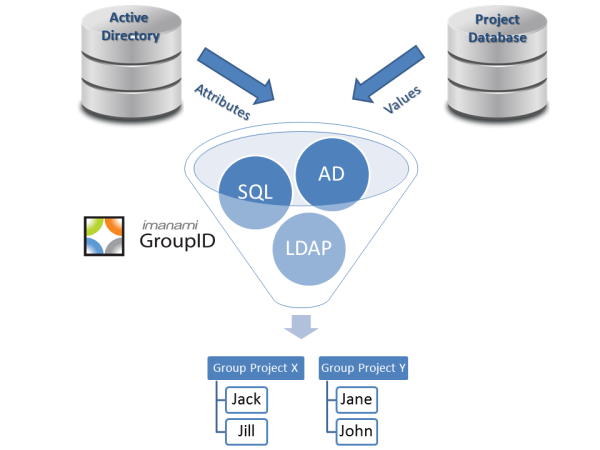SharePoint Security with Active Directory Automation
One of the things that jumped out at me in our recent survey seemed to be confirmed by visiting with a number of folks who stopped by our booth at TechEd. People are using Active Directory to secure SharePoint groups! Our survey showed that nearly 50% of organizations are, and based on the conversations we…



